A Minimum continuous speed is the speed at which the heat generated by the traction motors can be managed effectively by the locomotive. When a D.C. locomotive falls below its minimum continuous speed, an engineer must refer to the ‘short-time rating’ found on the ammeter in the locomotive cab. This chart, located on or near the ammeter, ensures that the design limits of the equipment are not exceeded, which would result in damage or failure of the traction motors. The higher the flow of amps to the traction motors, the less time the locomotive can continue to operate below its minimum continuous speed. Newer computer-controlled locomotives self-govern this process, eliminating the need to post these ratings in the cab.
The reason is that D.C. traction motors have brushes that supply electricity when they make contact with commutators on the shaft of a traction motor. Electricity conducted through the brushes turns the commutators and shaft that enable forward (or reverse) movement. If a D.C. motor sits still under a load for any length of time, an engineer risks damaging the brushes and other nearby parts from the heat generated.
An A.C. traction motor is a much simpler design than D.C., and has no brushes or commutator. Instead, an electromagnetic field constantly – and invisibly – pushes on a rotor connected to a shaft in a constant wave. Since the magnetic field is constantly rotating around a stator when the locomotive is under load, the traction motor’s shaft can rotate slowly or not move at all without damage to the traction motor.
This arrangement also allows an A.C. traction motor to withstand higher temperatures under load than its D.C. counterpart. Sensors on an A.C. locomotive will detect traction motors at risk of overheating and reduce the power flow to the traction motor(s) as necessary to keep them within normal operating temperatures. – Chris Guss





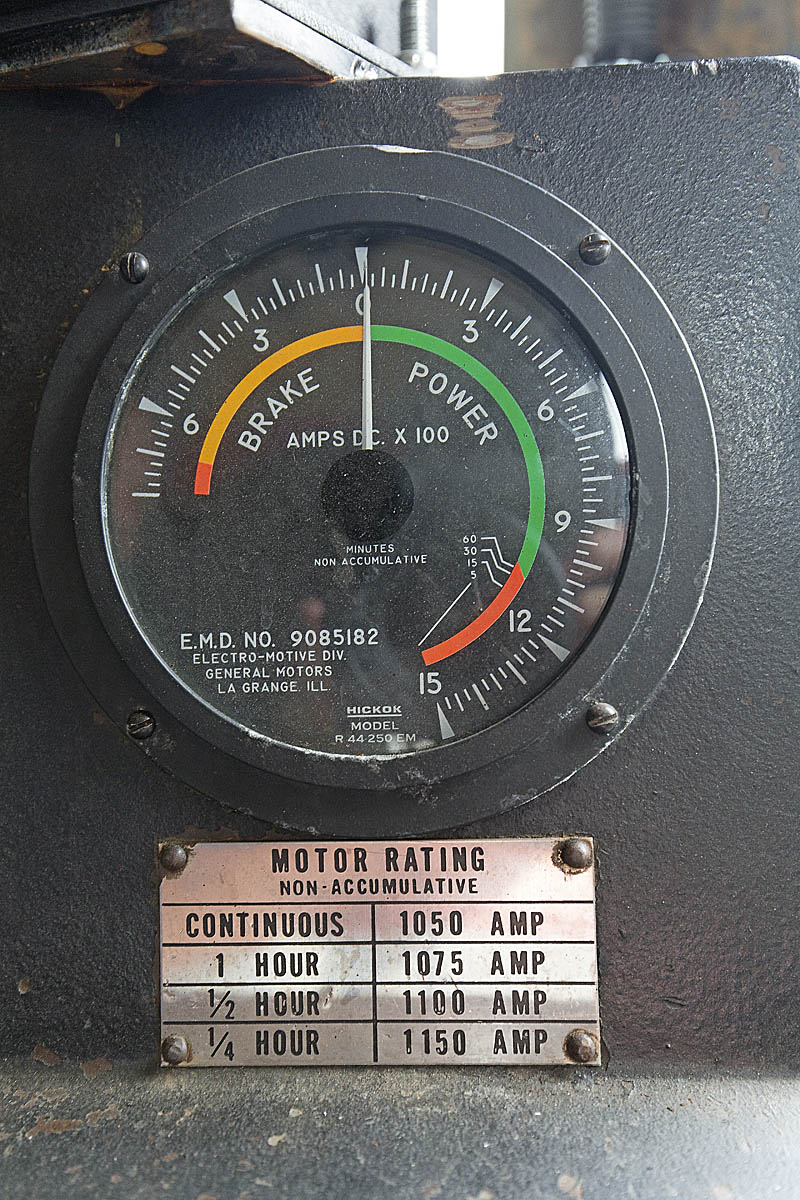

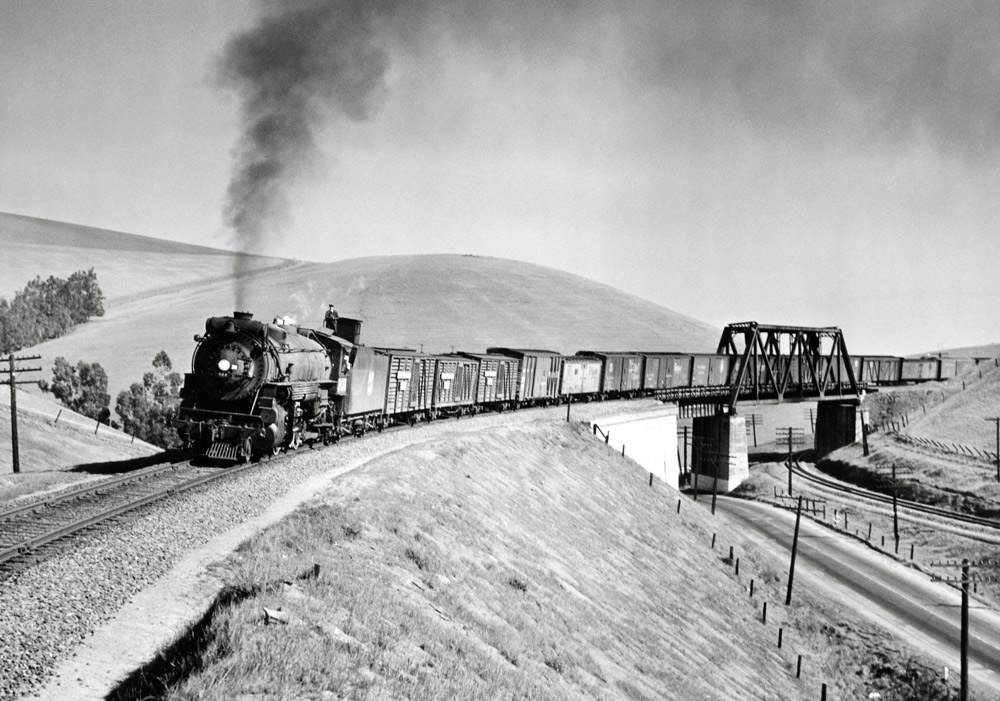
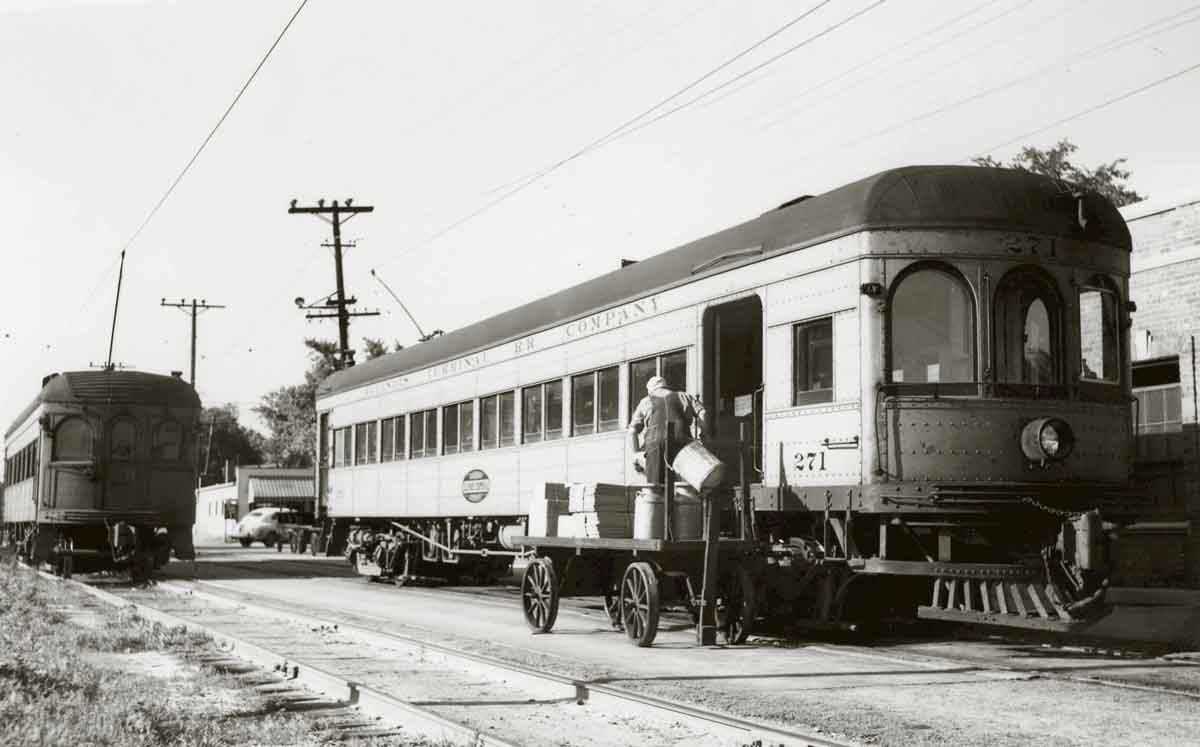
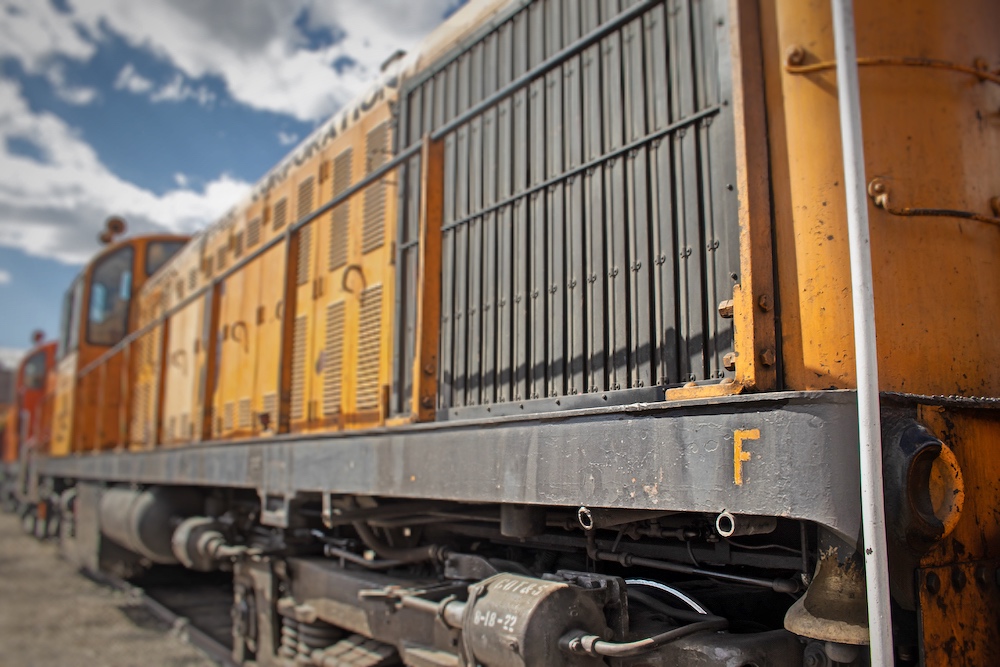
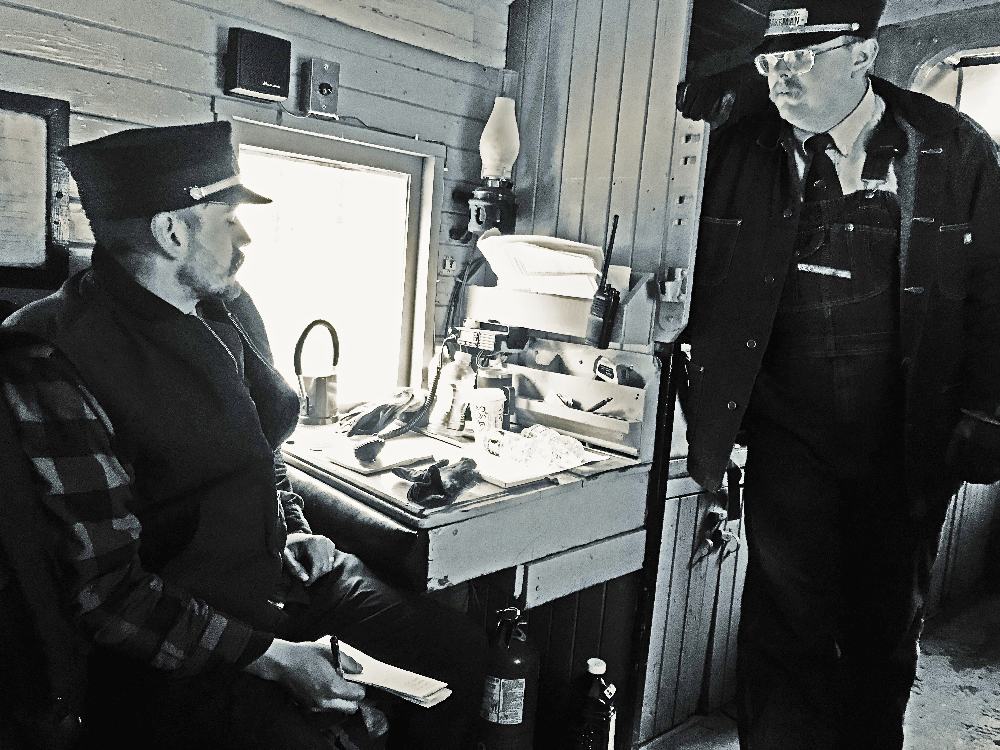




there is also differance in running under load—as a conductor on bnsf watched a pair of ac motors climb a steep-steep hill at throttle 8 at 1.1 mph and made it to top of hill and over with 19,000 tons of coal and took it like there was no strain and did not overheat or lose traction effort. if it had be dc we may have stalled or not just the luck of the draw i guess